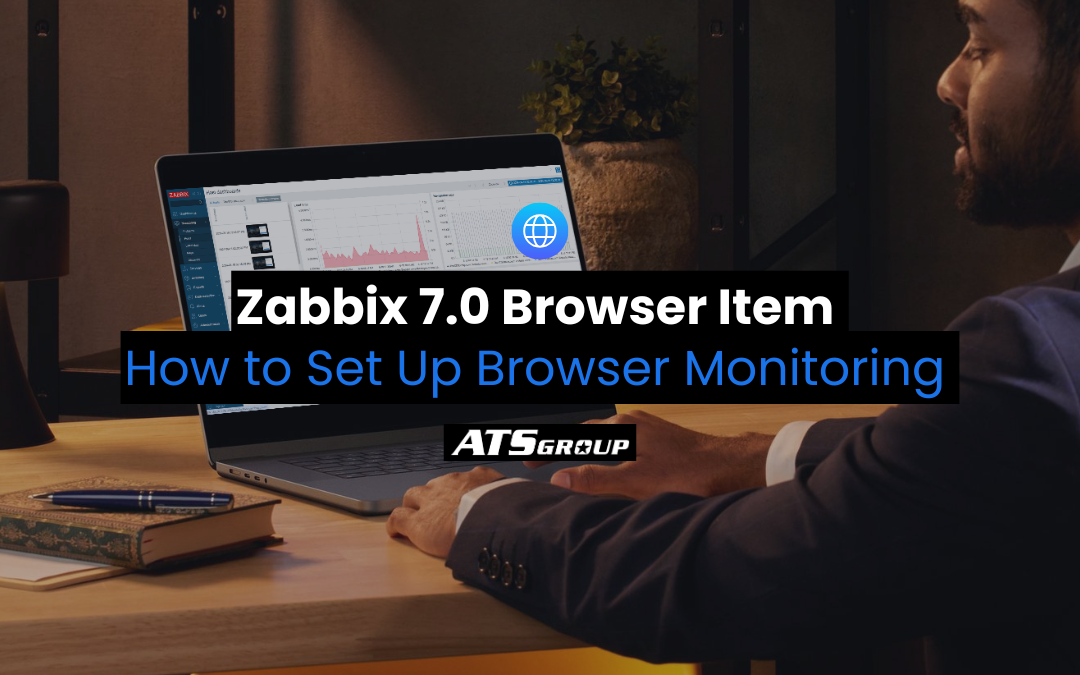[Video] Part 3: Monitoring Kubernetes and Cloud-Native Applications with Zabbix
Welcome to the third and final installment in our series of videos showing how to monitor Kubernetes (and cloud-native applications) with Zabbix. Throughout the three-part series, we are reviewing key topics, including:
- ✅ How to install the necessary components to monitor a cluster with Zabbix (Link to Part 1)
- ✅ Understanding the metrics generated within Zabbix (Link to Part 2)
- ✅ Exploiting the Prometheus endpoints exposed by applications to monitor application-specific metrics
Exploiting the Prometheus endpoints exposed by applications to monitor application-specific metrics
In the last blog post, we explored the functionality provided by the Kubernetes integration in Zabbix and discussed use cases for monitoring and alerting to events in a cluster, such as changes in replicas or CPU pressure.
In the final part of this series on monitoring Kubernetes with Zabbix, we will show how the Kubernetes integration uses Prometheus to parse data from cluster services and how users can leverage this functionality to monitor the many cloud-native applications that expose Prometheus metrics by default.
We will explore the following:
- The Prometheus Data Model
- Using Prometheus with Kubernetes Monitoring
- Prometheus and Out-Of-The-Box Templates
- Custom Prometheus Templates
Let’s get into the third video…
Monitoring your Kubernetes clusters in Zabbix
Conclusion
We have shown how Zabbix templates, such as the Kubernetes and the etcd templates, utilize Prometheus patterns to extract metric data. We have also created templates for new applications that expose Prometheus data. Because of the adoption of Prometheus in Kubernetes and cloud-native applications, Zabbix benefits by parsing this data so that Zabbix can monitor Kubernetes and cloud-native applications.
I hope you enjoyed this series on monitoring Kubernetes and cloud-native applications with Zabbix. Good luck on your monitoring journey as you learn to monitor with Zabbix in a containerized world. If you’d like help, ATS has advanced monitoring, orchestration, and automation skills to make this process a snap. Let’s grab 15 minutes to go through any questions you have.




